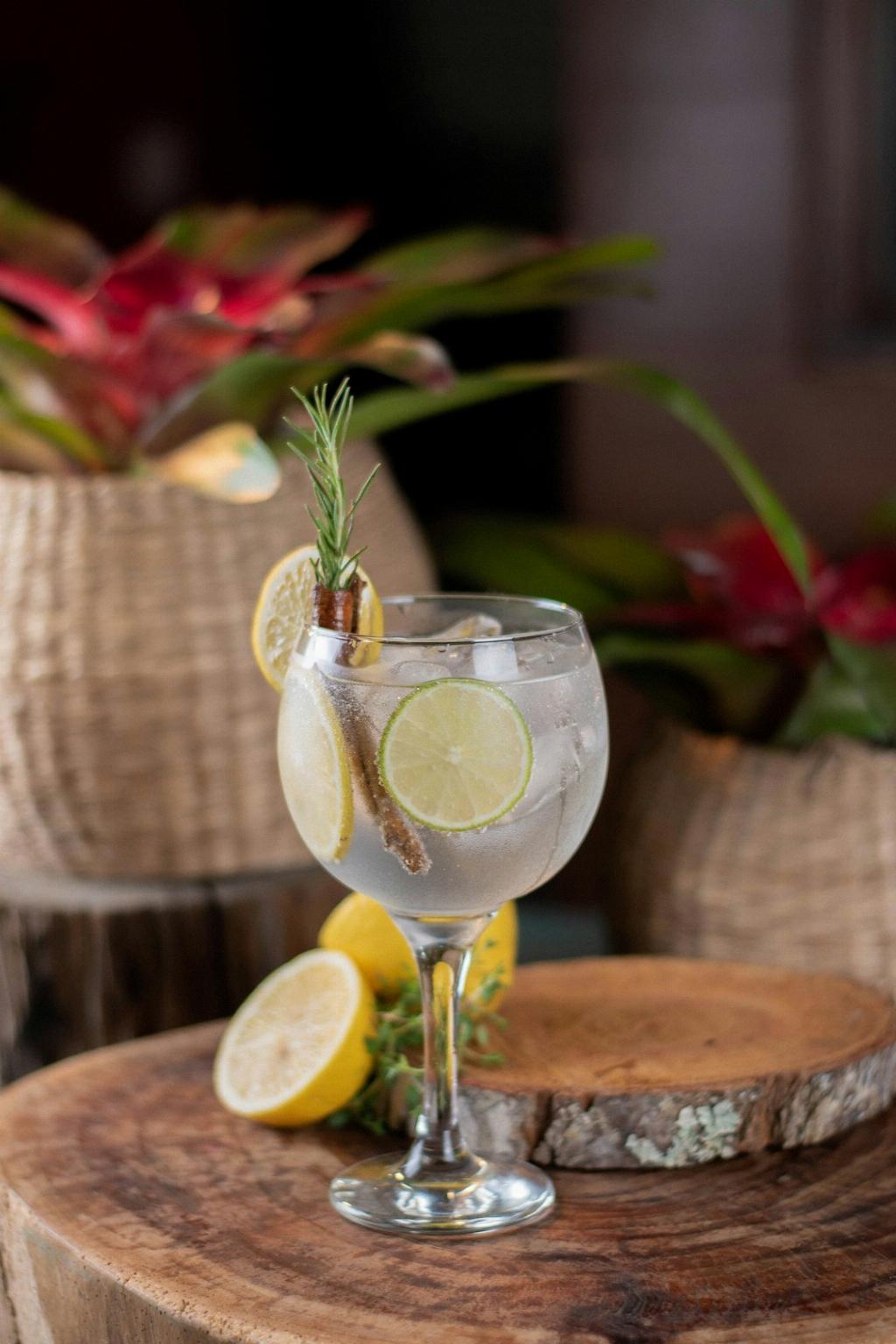Plums are not only delicious as a fruit, but they can also be transformed into a delightful alcoholic beverage known as plum wine. In this article, we will explore the process of making alcohol from plums and how it can be a unique and flavorful addition to your drink repertoire.
1. The process begins with picking and washing the plums
When it comes to making plum wine, the first step is to select ripe and juicy plums. These plums are then carefully washed to remove any dirt or debris, ensuring a clean and high-quality base for the wine.
2. Crushing and juicing the plums
Once the plums are clean, they are gently crushed to release their juices. This can be done using a fruit press or by hand, depending on the quantity of plums being processed. The goal is to extract as much juice as possible to create a concentrated flavor profile.
3. Chemical treatment or pasteurization
After the plums have been juiced, the extracted liquid is typically treated to eliminate any natural bacteria or wild yeast present. This is achieved through either chemical treatment or pasteurization, ensuring a sterile environment for the fermentation process.
4. Introduction of yeast for fermentation
Once the plum juice is sterilized, a specific strain of yeast is introduced to initiate the fermentation process. Yeast plays a fundamental role in converting the sugars present in the plum juice into alcohol, resulting in the creation of an alcoholic beverage.
5. The fermentation process
During fermentation, the yeast consumes the sugars in the plum juice and produces alcohol and carbon dioxide as byproducts. This process can take from a few weeks to several months, depending on the desired flavor profile and strength of the resulting wine.
6. Maturation and aging
After fermentation is complete, the plum wine is typically aged and matured to enhance its flavors. This can be achieved by storing the wine in barrels or bottles for a certain period, allowing it to develop complexity and character over time.
7. Tasting notes and flavor profile
Plum wine, known for its sweet and fruity flavor, offers a unique taste experience. It often exhibits notes of ripe plums, with hints of tartness, balanced acidity, and a smooth finish. The flavor can vary depending on the specific variety of plums used and the fermentation process.
8. Serving suggestions
Plum wine can be enjoyed in various ways. It can be served as an aperitif or paired with desserts and cheeses. Some even use it as a base for cocktails, creating delightful concoctions that highlight the natural sweetness and aroma of plums.
9. Traditional and cultural significance
Plum wine holds cultural significance in certain regions, particularly in East Asia. It is often associated with celebrations and festivals, where it is enjoyed as a symbol of good luck and prosperity.
10. Variations and adaptations
While plum wine is the most common alcoholic beverage made from plums, there are other variations to explore. Plum brandy, known as slivovitz, is a popular choice in Central and Eastern Europe, offering a stronger and more intense flavor profile.
11. Homemade plum wine
If you are feeling adventurous, you can try making plum wine at home. With the right equipment and a bit of patience, you can craft your own unique blend, experimenting with different plum varieties or even adding complementary ingredients to customize the flavor.

12. Conclusion
Plum wine is a delightful and flavorful alcoholic beverage that can be made from plums. It involves a careful and methodical process of picking, washing, crushing, juicing, fermenting, and aging. Whether enjoyed as a standalone drink or used as a base for cocktails, plum wine offers a unique taste experience that is worth exploring.
